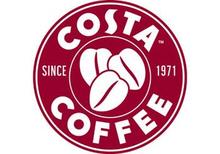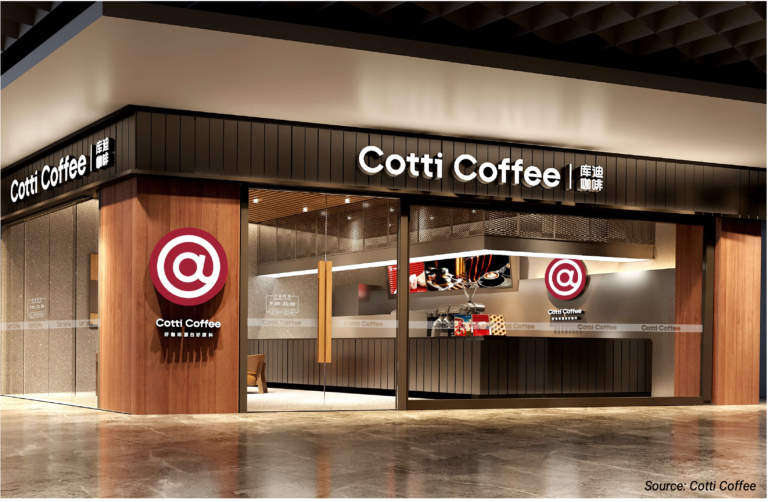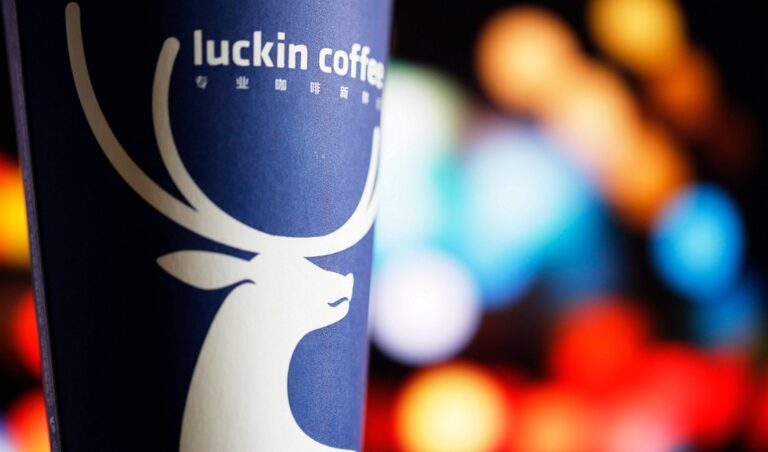Costa was founded by Italian brothers Sergio and Bruno Costa in 1971 and is now part of the Whitbread family of brands. Costa operates in 25 countries and is now the number two international coffee shop operator with 1,600 stores: 1,069 in the UK; and 531 overseas. 
Outlets Analysis of Costa Coffee in China
According to the market report of Costa Coffee restaurant in China which was made in April 2012. Totally, there were 199 outlets in 22 cities in China, including Beijing, Shanghai, Nanjing and so on. We can find that Costa Coffee focused on tier-one cities while extending to tier-2 and tier-3 cities. Beijing and Shanghai count for 60% of its outlets.
Methods to choose outlets of Costa are mainly 3 kinds of places. First, developed and emerging commercial streets. Second, transportation hubs. Third, high-end office buildings and shopping centers. And the regional best sales in Beijing are outlets in the shopping center while in Shanghai are street outlets. All Costa’s outlets are a regular chain and no franchise.
Marketing Strategy of Costa Coffee in China
Here are some examples of Costa Coffee’s market strategy in China. Costa Coffee formed a joint venture with 80 supermarkets and department stores such as Beijing Hualian group which is one of the largest enterprises supported by the ministry of commerce. That provided Costa with big markets and customer flow. Similarly, the company exclusive market access together with Jiangsu Yueda group which is a big company engaged in a tractor, textiles, automobile, infrastructure, women fashion, biological pharmacy, and business and trade flow businesses.
Competition between Costa Coffee and Starbucks in China
- In order to compete with Starbucks for golden business areas, Costa Coffee shops usually locate beside Starbucks. For example, in Beijing capital international airports.
- Costa Coffee add more humane outlet design such as humane cups, power outlets, private space and so on.
- Change and add food and drinks according to the flavor of local customers. Costa Coffee finds that customers in Guangzhou prefer drinks and food of local flavor while customers in Shanghai prefer sweet drinks like a vanilla latte, hot chocolate, etc. In order to satisfy tastes of local people, new drinks like ice coffee and green tea latte were introduced in Costa. Costa also finds that customers in north China prefer hot drinks while customers in south china prefer cold drinks, so promotions of cold drinks should not begin too early in the north and not end too early in the south.
However, certain points have to be taken into consideration by Costa Coffee regarding knowledge management tools. Since their income is relatively higher than most coffee brewing companies, the time for implementation of their chosen knowledge management tools would take longer than usual, aside from being expensive. But since the goal of Costa Coffee is towards a long-term dominance and stability in the brewing industry, then the pursuit of these promotional campaigns will be beneficial for the company in the long run.
Edited by Amy Wang from Daxue Consultant China




